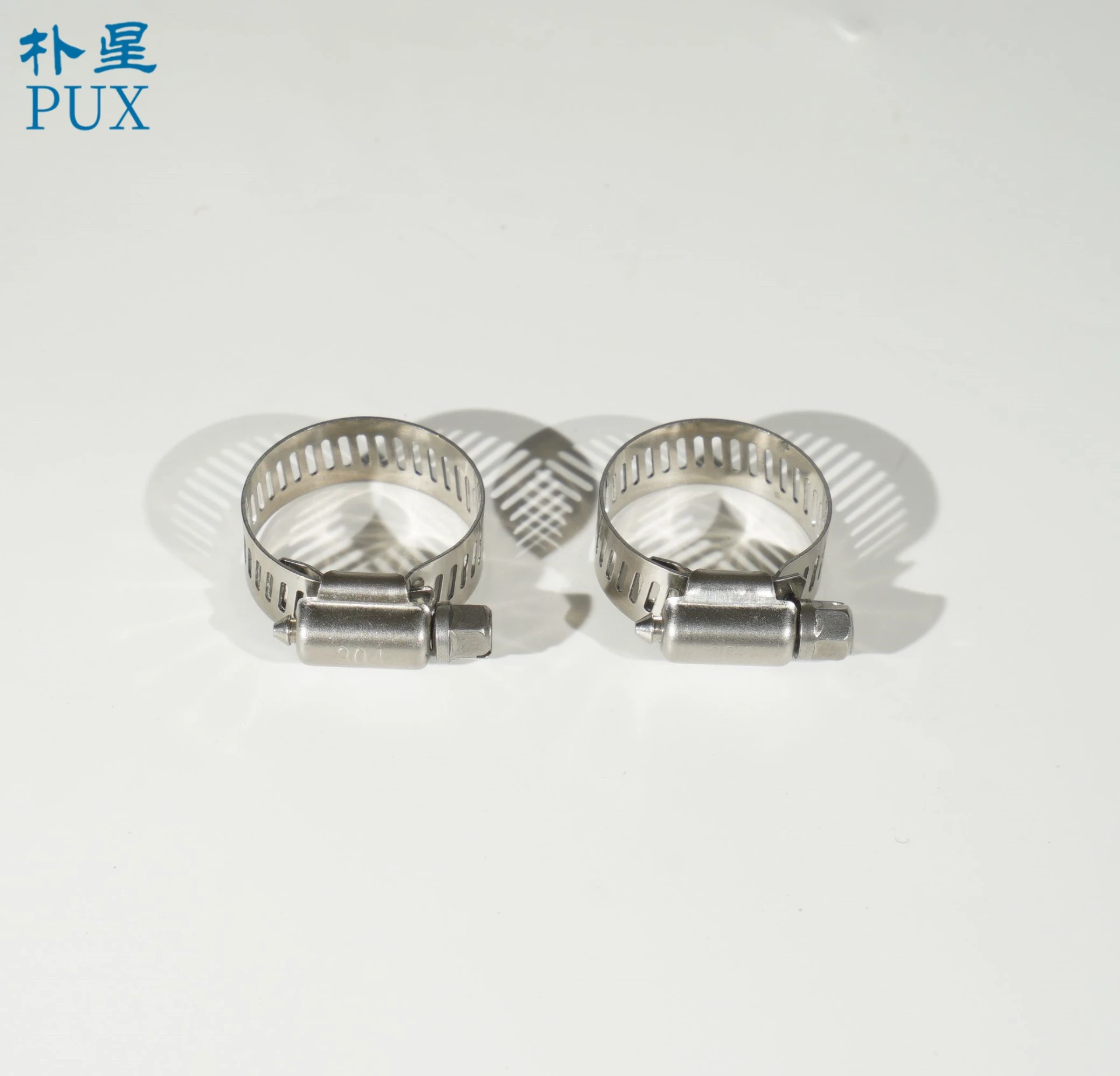- Phone:+86-17331948172 +86-0319-8862898
- E-mail: inquiry@puxingclamp.com
ធ្នូ . 16, 2024 08:19 Back to list
band hose clamp
Understanding Band Hose Clamps Essential Tools for Secure Fluid Connections
In various industries and applications, proper sealing and securing of hoses and pipes is crucial for maintaining operational efficiency and preventing leaks. One of the most commonplace yet indispensable tools in achieving this is the band hose clamp. These robust devices are designed to secure hoses onto fittings, ensuring that fluids remain contained and that the system functions effectively. This article explores the types, applications, and importance of band hose clamps in various sectors.
What are Band Hose Clamps?
Band hose clamps, often referred to simply as hose clamps, are circular fittings made from metal or plastic that are used to attach and seal hoses to fittings or pipes. They typically consist of a band, a screw mechanism, and sometimes a housing. The band wraps around the hose, and the screw mechanism tightens the band, creating a secure seal that prevents leakage.
Hose clamps come in various designs, with the most common being the worm gear clamp, which consists of a band and a screw that adjusts the diameter by tightening the band around the hose. Other types include spring clamps, which are simple and provide constant pressure, and heavy-duty clamps that can handle higher pressures and temperatures.
Applications of Band Hose Clamps
Band hose clamps find utility across a variety of industries such as automotive, plumbing, food processing, and manufacturing. In automotive applications, they secure coolant and fuel lines, preventing leaks that could lead to significant damage to the vehicle’s engine. In plumbing, these clamps are vital for connecting hoses to faucets and pipes, ensuring tight seals that prevent water loss and protect against structural damage from leaks.
The food processing industry relies on band hose clamps to maintain hygiene and safety standards. These clamps must resist corrosive substances and maintain performance under varying temperatures. Thus, stainless steel and specialized plastic bands are often used to ensure they remain effective in these settings.
band hose clamp

Moreover, in manufacturing, band hose clamps are essential when dealing with pneumatic systems, ensuring hoses are firmly attached to connectors to maintain the pressure required for smooth operation
.Importance of Quality and Compliance
When selecting band hose clamps, quality is paramount. Poorly manufactured clamps can lead to failure, resulting in leaks and potential hazards. High-quality clamps are not only more reliable but also ensure longevity, reducing the need for frequent replacements and maintenance.
Furthermore, compliance with industry standards and regulations is crucial, especially in sectors like food processing, pharmaceuticals, and automotive. Using clamps that meet these standards ensures safety and reliability, promoting trust among consumers and clients.
Installation and Maintenance
Proper installation of band hose clamps is essential for optimal performance. The band should be positioned correctly around the hose, ensuring even distribution of pressure when tightened. It is important to avoid overtightening, as this can damage the hose or fitting. Regular inspections should be part of maintenance routines, as worn or damaged clamps can lead to leaks and system failures.
Conclusion
Band hose clamps are foundational components in numerous applications, playing a critical role in ensuring the integrity of fluid systems. Their versatility, combined with their essential function in preventing leaks, makes them a crucial tool in many industries. As technology advances, the design and materials used for these clamps continue to improve, enhancing their performance and reliability. Understanding their importance, proper use, and maintenance will not only safeguard against leaks but also promote efficient operations across various applications. Whether in an automotive workshop, a plumbing system, or a food processing plant, band hose clamps are indispensable tools that contribute significantly to system integrity and safety.
-
High-Strength T Bolt Hose Clips Reliable Factory & Supplier Solutions
NewsMay.31,2025
-
American Style Hose Clamps Heavy-Duty & Corrosion-Resistant Clamps
NewsMay.31,2025
-
High Torque Brake Hose Clips - Durable & Precision-Engineered Solutions
NewsMay.31,2025
-
High Torque Brake Hose Clamps - Durable Industrial-Grade Solutions
NewsMay.31,2025
-
Premium Hose Fitments Custom & Durable Solutions [Brand]
NewsMay.31,2025
-
Worm Gear Band Roll Hose Clamps Durable Industrial-Grade Solutions
NewsMay.30,2025




